Heirloom Sweet Corn History
Sweet Corn Planting Tips
May is the traditional month to plant heirloom corn. A direct-sow crop, it must not be planted too early as it needs warm soil. Continuing with our historical heirloom history series, below is an excerpt on Sweet Corn from the 1884 “How The Farm Pays – The Experiences of Forty Years of Successful Farming and Gardening” by William Crozier and Peter Henderson.
Sweet Corn
“It may seem presumption in me to instruct the farmer how to grow corn; but as their methods of growing this special variety of corn for table use are probably not as well known as for the field varieties, I will here give them.
All the varieties of sweet corn may either be sown in rows four and one-half feet apart and about six or eight inches between seeds, or planted in hills at distances of three or four feet each way, according to the variety of corn or richness of the soil.
The smaller and earlier varieties as the Tom Thumb and Early Minnesota, may be planted in hills two feet apart each way. The taller variety of the richer the soil, the greater should be the distance apart. Such later varieties as Egyptian and Evergreen require to be planted at least three feet apart, or even more, on very rich soil.
We make our first plantings in this latitude about the middle of May, and continue successive plantings every two weeks until the last week in July. In more southern latitudes, or in warm, light soils at the north, planting is begun a month earlier and continued a month later.
I have repeatedly sold it in the New York markets, realizing as high as $200 per acre, and this, too, at the first wholesale price, the consumer paying about twice as much. An ordinary yield is about 11,000 ears to an acre. In such cases, however, it was either an early crop or a very late one, bringing two or three dollars per 100 ears, while the intervening crops, which came in competition with the full market, often sold as low as seventy-five cents per 100 ears.
The importance, then, will be seen, of striking the market at such seasons when the article will be scarce. The quantity of seed required per acre is from six to eight quarts.”
Modern Day Thoughts and Comparisons
It is very interesting how much attention was paid to the “richness” of the soil. Also, some great pointers to think about if you are trying to bring corn to the local market.
Here are some thought-provoking yield comparisons to our modern corn production. The average yield for commercial hybrid corn in 2010 was 152 bushels per acre. In 2010 the average price of corn was between $3.50- $4.00 per bushel. A bushel of corn in ears is 70lbs.
Higher production yields have not actually produced more income for the farmer in 128 years, due to several factors! Inflation is one of the biggest, but commodity pricing structures are a close second.
Just for comparison, that $200/acre in 1884 would be worth about $4800/acre in 2010. This means that even with the increased yields of the hybrid corn, 152 bushels/acre at $4.00/bushel is only $608/acre, which is eight times less! Even if the income was $100/acre in 1884, that would be about $2400/acre in 2010- something that many farmers would jump at.
Plant some heirloom open-pollinated corn in your garden this year. OP corn may not have as high of production yield as the modern day super sweet hybrids but it sure does have a richness and depth of flavor that can’t be forgotten.
A Few Tips to be Successful with Corn
- End wormy corn- We have heard about this tip from many folks, as an old time remedy to the corn worm. After the silks turn brown, apply 20 drops of mineral oil to the tips of each ear. Repeat every other day for three weeks. This not only smother s the larvae but also makes husking a simpler task.
- There is a lot of folk lore about corn. Here are a few to ponder.
- “Put one fish head in each hill like the Indians did.”
- “Plant the seeds when the oak leaves are the size of a squirrel’s ear.”
- “Corn should be knee high by the Fourth of July.”
- If you are just growing a small plot in might be better to plant in a block than in rows.
- Corn has a number of four-legged enemies, raccoons, squirrels, rabbits and deer. Fencing maybe needed to protect young stalks depending on your area.
- Remember there is more than just sweet corn, visit our heirloom corn department for all the choices available.
Here’s a few recipes to tempt your tastebuds!
Fresh Roasted Garden Salsa
Cajun Chicken Maque Choux
Heirloom Corn and Potato Chowder

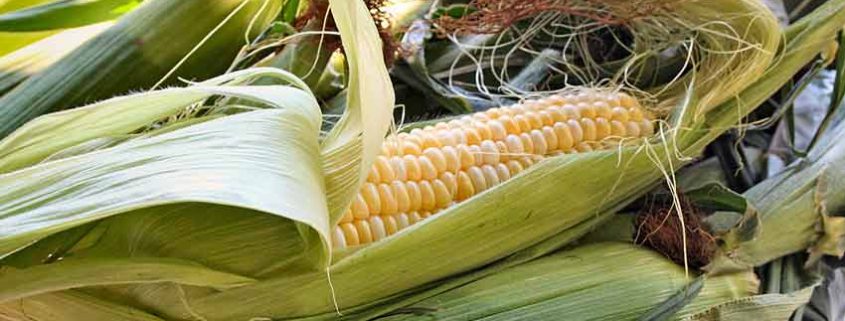
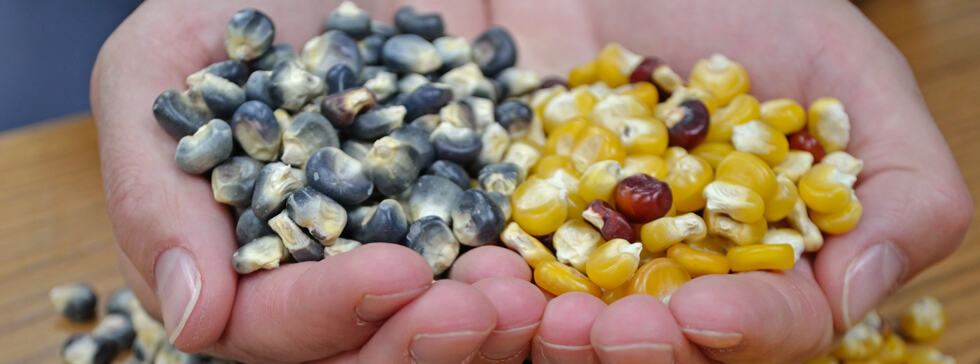

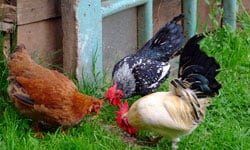
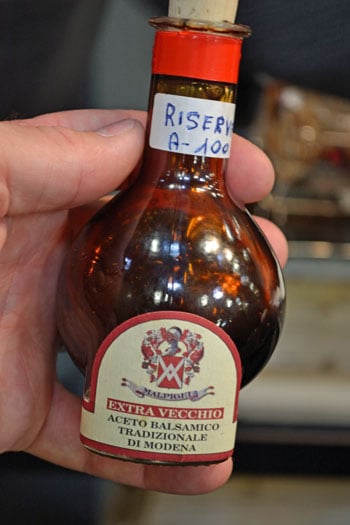

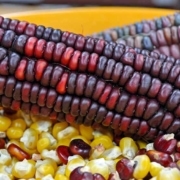 © 2024 Terroir Seeds | Underwood Gardens
© 2024 Terroir Seeds | Underwood Gardens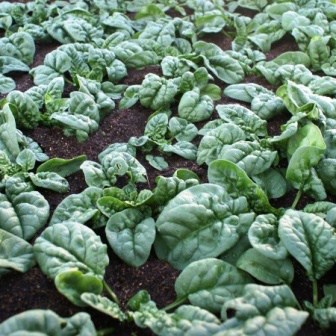
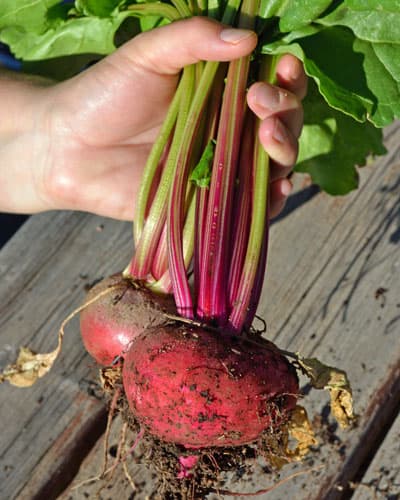
Leave a Reply
Want to join the discussion?Feel free to contribute!